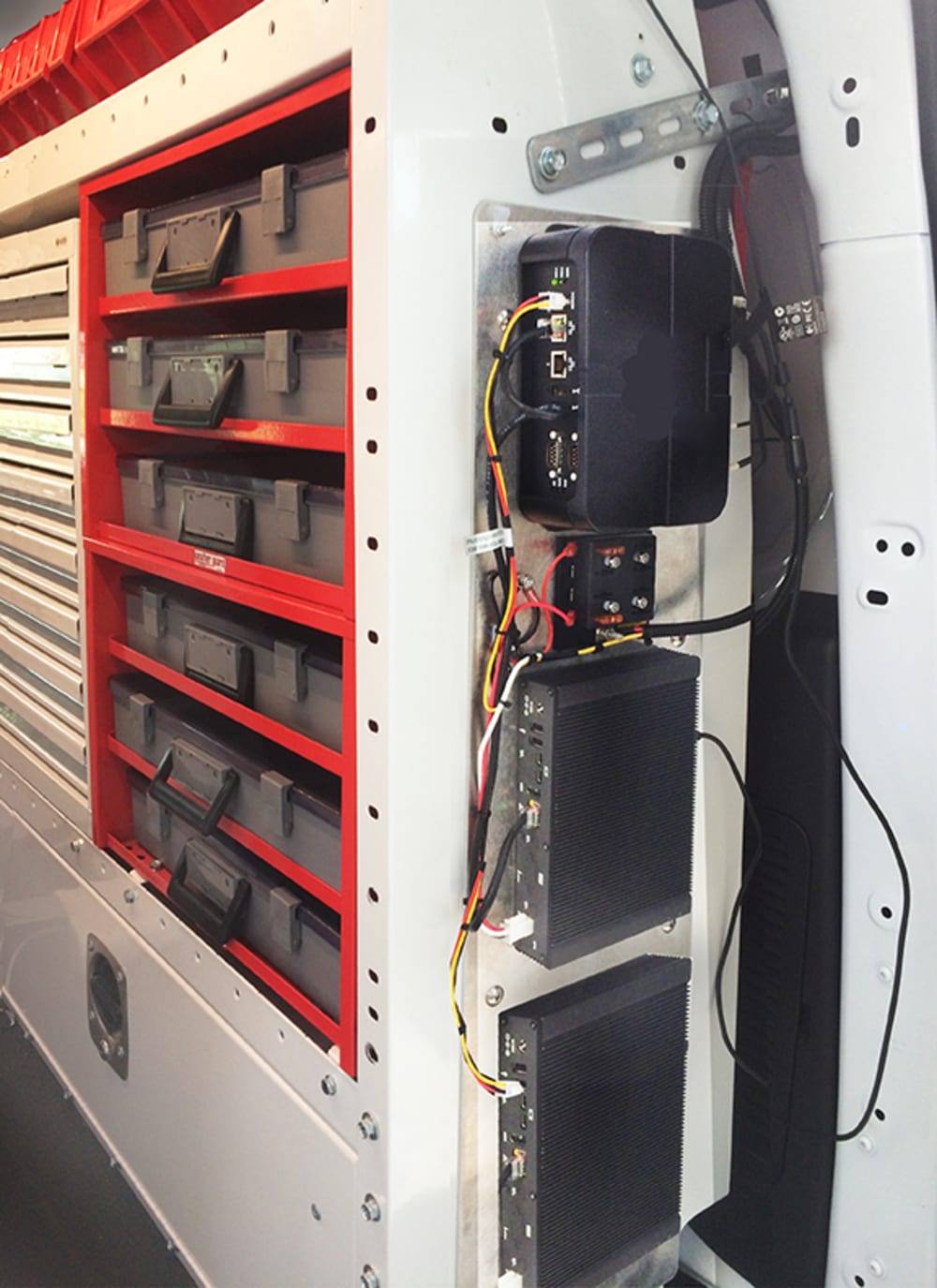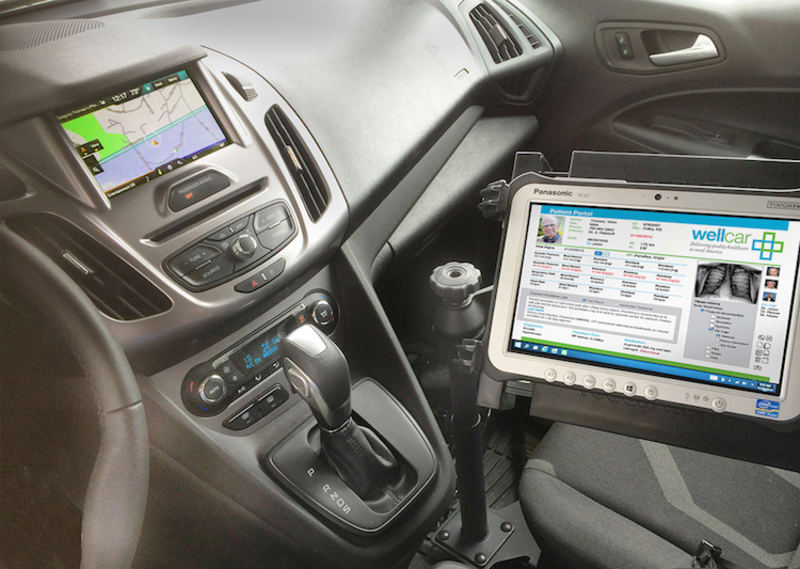The management of future health care costs is dependent on the development of new methods of delivering the appropriate level of patient care by the most efficient means possible while ensuring the highest possible quality outcomes.
Rural areas have additional concerns regarding health equity and ensuring every person has equal access to quality health services. Today, healthcare is focused on prevention. Addressing the early onset of medical concerns and monitoring patient conditions no longer limits healthcare to a hospital.
We are utilizing emerging technologies to make healthcare more accessible, effective, and satisfactory for all participants - patients, families and health professionals. Direct results of our efforts, supported by in-kind contributions from companies such as Ford and Intel, has been the development of a vehicle designed to provide the appropriate level of care directly to chronically-ill who are homebound or unable to travel without increased risk to their health - the WellCar.
With input from health care professionals, the WellCar is equipped with the latest in patient health measuring and monitoring capabilities, secure software systems and telemedicine technology that will enable the driver (a Nurse Practitioner, etc.) to have access to the same levels of support for a patient as would exist in a “Bricks & Mortar” medical facility.
The WellCar prototype is fully functional and available for use as a research project to document its ability to help every person attain his/her full health potential and ensure no person is at a health parity disadvantage.
The WellCar is enabling rural areas to research to deliver services in two key areas of need:
* Current home health service delivery - Home health services will be delivered more effectively by having the additional telemedicine and electronic medical record availability via mobile technology
* New methods of care - The WellCar will enable delivery of entirely new services to patient's homes that improve quality of life or health outcomes.
The WellCar is basically a conglomeration of medical devices, its most important asset is its custom-built communications system. The custom communications platform built around the Intel® IoT Gateway with the Intel®Quark™ SoC X1020D, the platform aims to provide a secure, embedded IoT engine. The Intel IoT Gateway combines technologies for networking, embedded control, enterprise-grade security, and device management. It also includes standards-based interfaces for I/O, cellular, and Wi-Fi to simplify communications down to sensors and controllers as well as up to data centers and private clouds. It integrates the applications, communications, security, and remote management tools to minimize the WellCar’s operations costs, maximize security and will act as a conduit for all communications, data, and devices.
All data generated—whether it’s a diagnostics sample to be analyzed or prescription’s to be submitted from the Intel/Panasonic Toughpad—to go through the platform. The WellCar’s is the conduit between the patient’s home and the hospital, clinic, or lab. With the Wi-Fi and Bluetooth communications, nurses can carry a minimal amount of testing equipment into the home and connect through the Toughpad to the WellCar sitting in the driveway.
Like this entry?
-
About the Entrant
- Name:Gregory Thomas
- Type of entry:teamTeam members:Gregory Thomas
Steven Graves
Gordon Alloway
Debbie Gregory
Dustin Hanson (Intel Support) - Software used for this entry:Numerous
- Patent status:none








